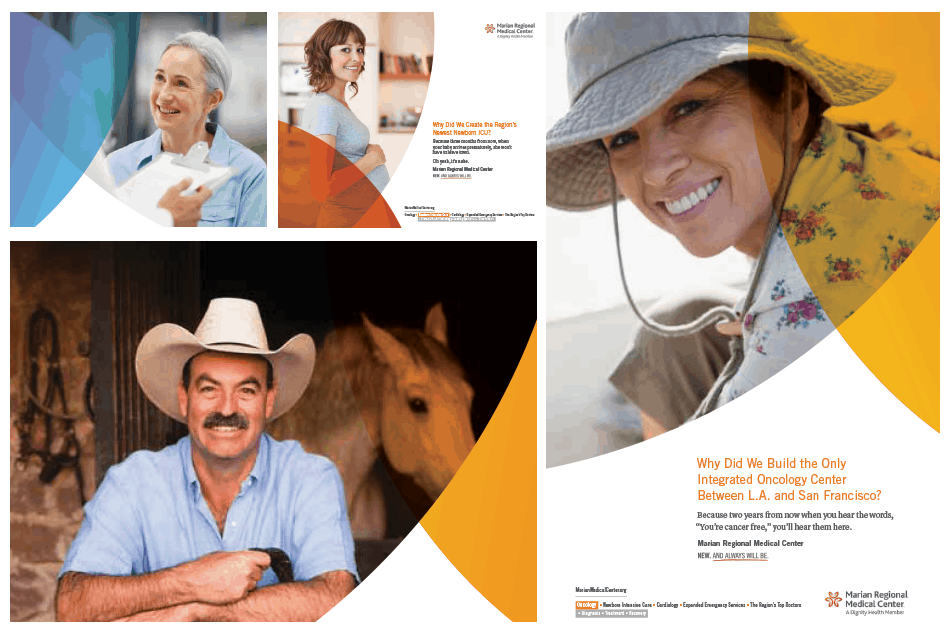
According to the 2018 Edelman Trust Barometer, the industry standard for measuring consumer trust, only 48 percent of the general population in the United States trusts advertising, falling from 58 percent the previous year. It follows a trend that has gone on for over a decade.
To rebuild the trust necessary to persuade audiences to action, your messages must evoke emotion and tell of your demonstrated and consistent focus on building trustful relationships with your audience over time.
Enter the “backstory”
Think of the backstory like your Genesis story.
It’s how you came to be. It’s why you came to be. It tells about some problem or injustice in the world that the organization had had enough with and did something about. It gives the audience the reason to believe, and it is one of the most effective strategies for building and maintaining trust with the audience.
Telling your backstory
Like all good stories, your backstory needs an interesting character/characters, a point of view, conflict with resolution and symbolism.
Finding that story isn’t always easy – especially if your organization wasn’t created in response to some memorable moment.
Most of us will find ourselves in the position of being in an organization that wasn’t founded on some grand vision or experience or that just sort of … happened. In those cases, you’re going to have to dig deep. But trust that the story is there. Here are three ideas for how to tell it:
Root it out. If you find your organization in the position of being founded from some “ah-ha” or life-changing moment, you have your backstory. In these instances, your job is to build on it.
Find the thread that traces back to the earliest moment of where and when that nugget of an idea that your company was founded on emerged.
WD40 is an iconic example of building a backstory on that “ah-ha” moment. Spoiler alert: Its backstory tells of the maddening cycle of trial and error its founders endured before they created a workable product on the their 40th try. It’s where the “40” comes from in its name.
Visualize it. If you don’t have that powerful life-changing moment from which your organization emerged, you can successfully build a backstory off the experience of the founders.
When creating this type of backstory, ask questions such as: Where were the founders when they had this idea to turn an idea into an organization? What were they doing? How did it feel to be there?
Tapping into common tropes (e.g., unlocking the door to your new house for the first time, getting lost someplace unfamiliar and having to rely on others to help you find your way out) can also help your audience to really feel and imagine what it was like to be there.
MVMT Watches does a great job of telling its backstory and it gives you a reason to believe in its product:
Make it about the early loyalists. You might be surprised to learn that successful backstories don’t have to be about the organization. Many organizations have crafted powerful backstory narratives around their early adopters/believers.
Apple’s backstory is an iconic example:

Talk about what it took to believe before it was popular or accepted, what it felt like to have lived the experience or injustice that you seek to remedy, or how it felt to be on the bleeding edge of creating this change in the world.
In summary
By telling your backstory, you will rebuild the trust that the audience has lost. It gives your audience a reason to believe. It’s the evidence that proves you are worthy of their trust and commitment.
Consider all the different ways to surface your backstory — and once you have it, ensure that all campaigns, messaging and other outreach activities connect back to it.





